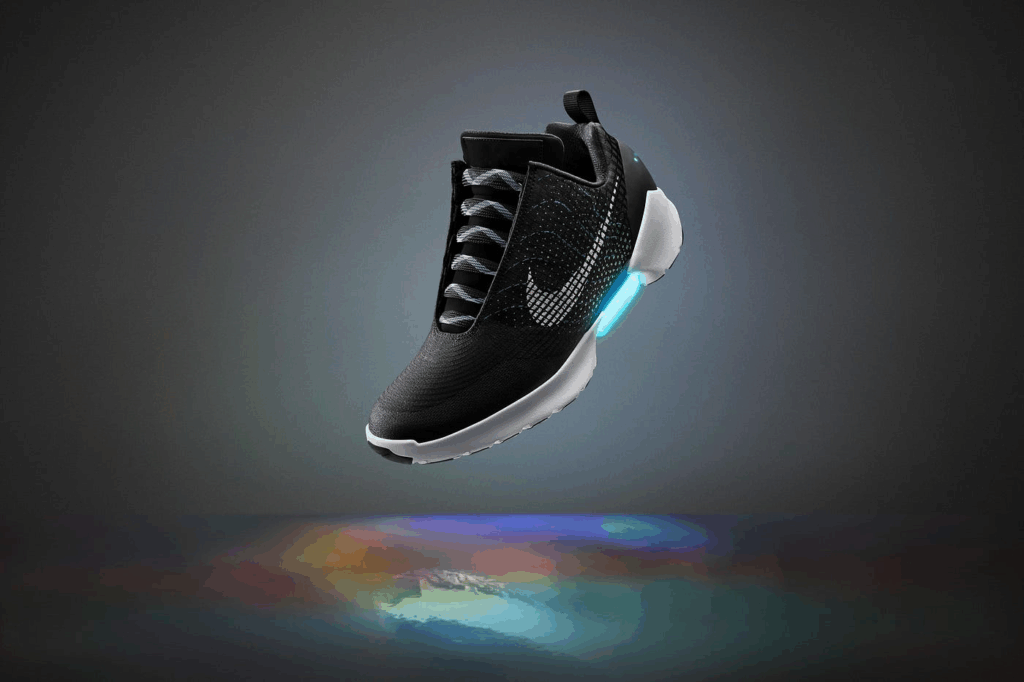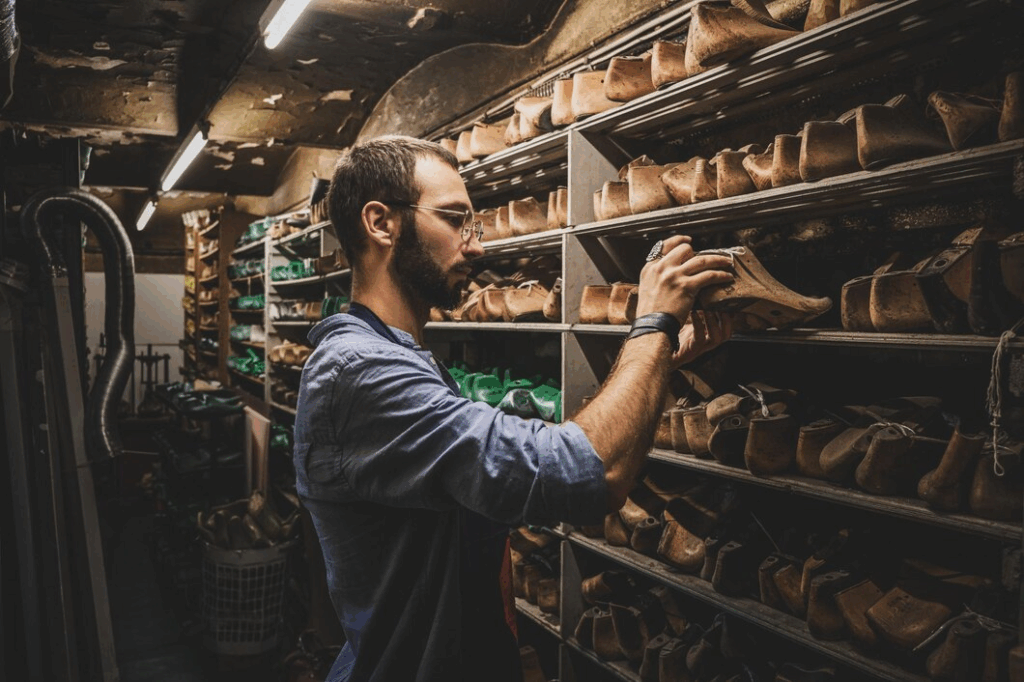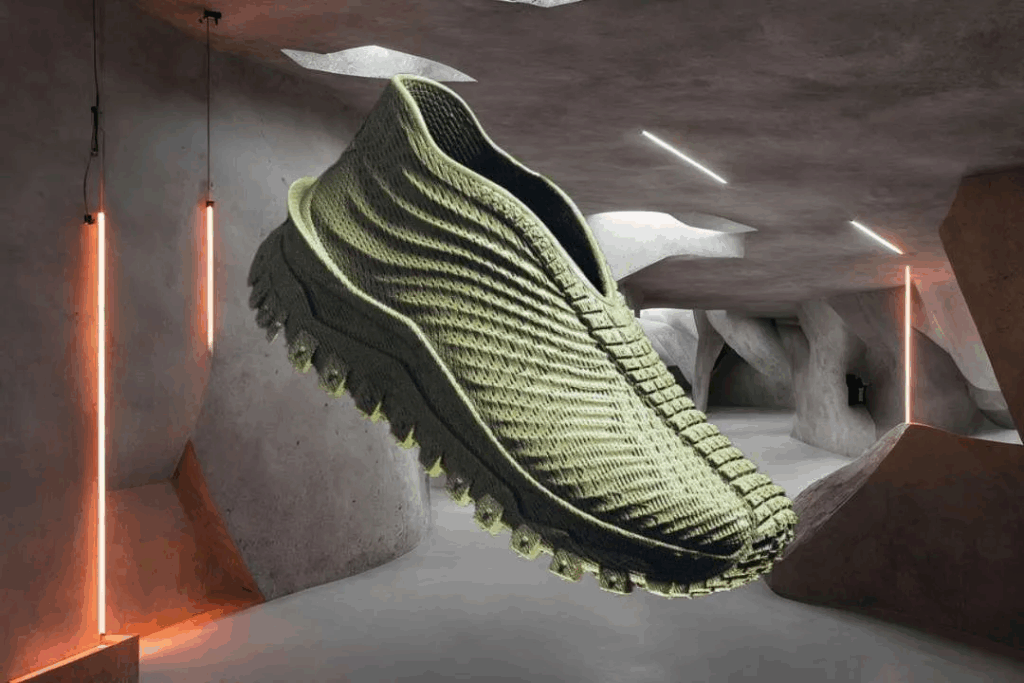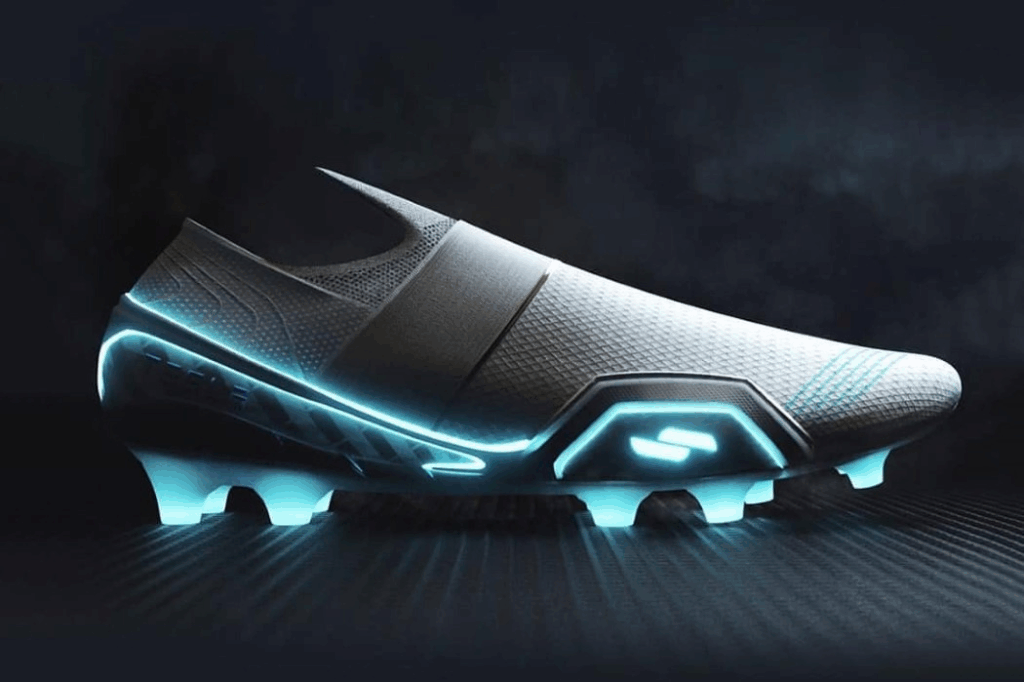In today’s fast-paced fashion ecosystem, AI is no longer a buzzword—it’s the backbone of everything from design innovation to predicting future buying behavior. But nowhere is the impact of futurism more visibly felt than in the realm of footwear. As brands experiment with smart sneakers, 3D printing, and data-driven style predictions, we’re stepping into an era where technology redefines what we wear on our feet. Welcome to the frontier of footwear futurism.
In this blog, we explore how artificial intelligence is reshaping shoe design, sustainability, and retail experiences—and what emerging trends will soon dominate our closets.
The Rise of Smart Sneakers and Intelligent Design

One of the most noticeable shifts in footwear is the advent of smart sneakers—shoes that do more than provide comfort or style. With built-in sensors, Bluetooth connectivity, and fitness tracking features, these shoes can monitor posture, gait, and even fatigue levels. Tech-savvy giants like Nike and Under Armour are leading the charge with AI-powered shoes that adapt to individual user behavior in real-time.
This level of customization was once the stuff of science fiction, but now it’s a cornerstone of futurism in fashion. Using machine learning, brands can analyze how consumers walk, run, or stand to create hyper-personalized designs, all while reducing trial-and-error costs in production. As a result, the industry is seeing not just innovation, but optimization in every step—literally.
Expect this trend to expand as AI becomes more integrated with wearable tech ecosystems, syncing seamlessly with smartphones and fitness trackers to provide a truly connected lifestyle experience.
AI-Driven Trend Forecasting in Footwear

Fashion has always relied on forecasting, but in the age of digital data, trend prediction has become a high-tech game. Today, algorithms can scan social media platforms, search engine queries, and even weather data to identify rising trends in footwear.
Startups and major fashion houses alike are leveraging artificial intelligence to detect shifts in consumer preferences months before they hit mainstream retailers. AI tools analyze Instagram hashtags, Pinterest boards, and TikTok virality to anticipate what styles—be it chunky soles or eco-friendly designs—will dominate the next season. This insight isn’t just helpful; it’s transformative for inventory management and design strategy.
Instead of waiting for a trend to bloom, brands are proactively designing shoes that are already aligned with emerging preferences. This predictive modeling is perhaps the most exciting part of footwear futurism, where trends don’t just evolve—they’re forecasted, planned, and executed with digital precision.
3D Printing and the Future of Sustainable Shoe Design

Sustainability and speed rarely coexist in fashion, but AI-driven 3D printing is changing that narrative. The ability to print customized footwear on demand is reducing waste and slashing turnaround times for product launches.
Companies like Adidas and Allbirds are using AI-guided design software to craft innovative structures that optimize comfort and performance, often with biodegradable or recyclable materials. These shoes are not only futuristic in aesthetic but futuristic in their sustainable impact—a true embodiment of futurism in fashion.
Beyond the ecological benefits, 3D printing allows for a radical new level of consumer participation. Shoppers can input their foot dimensions, arch preferences, and activity levels to receive shoes tailored precisely for them. As personalization becomes the standard, mass production may become a thing of the past.
Virtual Try-Ons: AI-Powered Shopping for the Modern Consumer

In a post-pandemic world, online shopping has exploded—but buying shoes without trying them on remains a challenge. Enter virtual try-on tools, powered by augmented reality and AI. Retailers like Zappos and Nike are integrating these features into their mobile apps, allowing users to visualize how a shoe looks on their foot using just a smartphone camera.
This is more than just convenience—it’s a retail revolution. AI not only helps render the images in real-time but also collects fit data from thousands of users to refine product designs and improve sizing accuracy across brands. The AI continuously learns from consumer behavior, providing better matches over time.
Expect this technology to get more advanced, incorporating foot pressure data, walking simulation, and even AI-generated style suggestions based on previous purchases or current wardrobe inventory.
What’s Next for Footwear Futurism?

As we look ahead, the synergy of AI, sustainable materials, and data-driven design will only deepen. We’re already seeing prototypes of shoes that auto-lace, adjust temperature, and change color via smartphone apps. But the real potential of footwear futurism lies in predictive personalization—where AI doesn’t just react to consumer needs but anticipates them before the wearer even knows what they want.
We may soon see AI systems that monitor lifestyle changes and automatically recommend new shoe models. Imagine an AI alerting you when your running shoes are worn out—or when a new trend matches your personal style profile. It’s not just possible—it’s inevitable.
In conclusion, as trends evolve in the digital age, so too does our relationship with footwear. Through the lens of futurism, what once was fashion guesswork is now a science—and a very stylish one at that.
